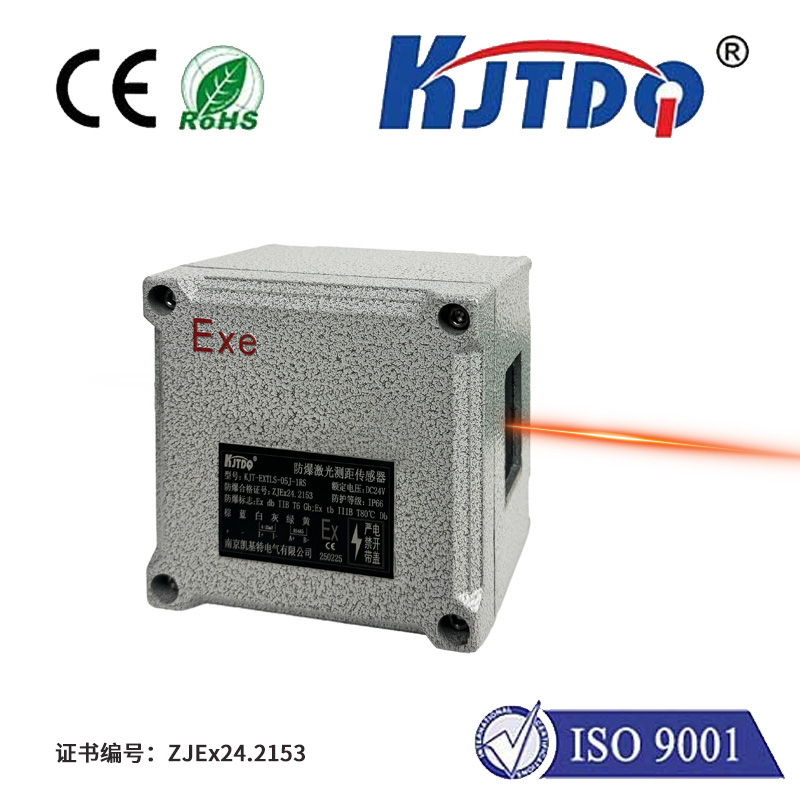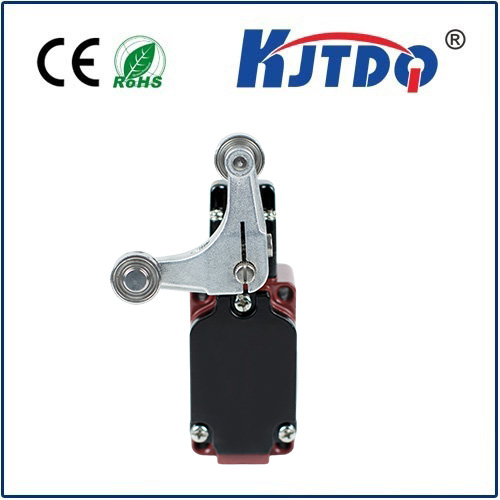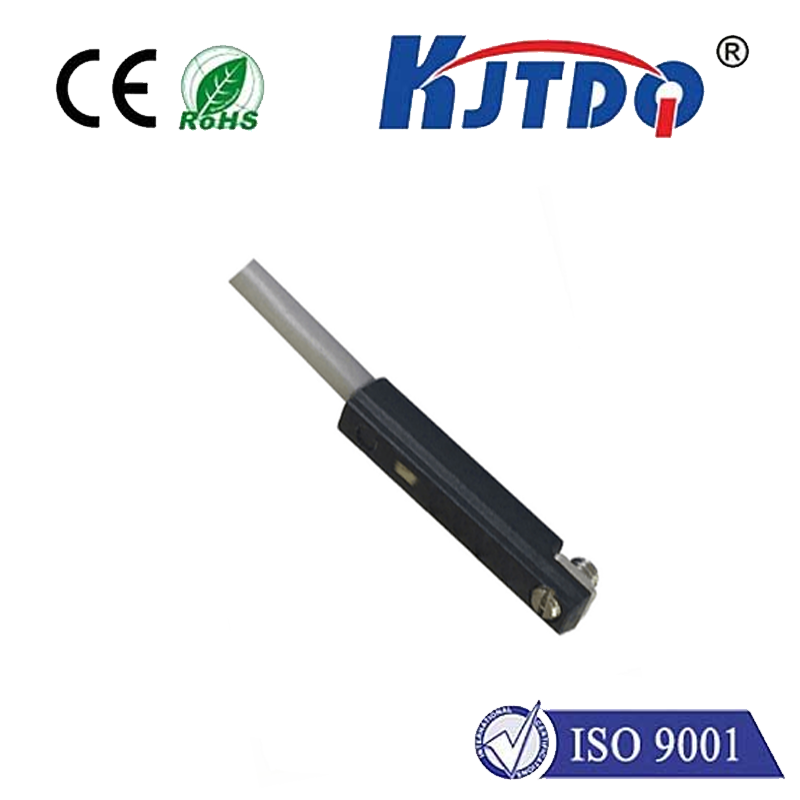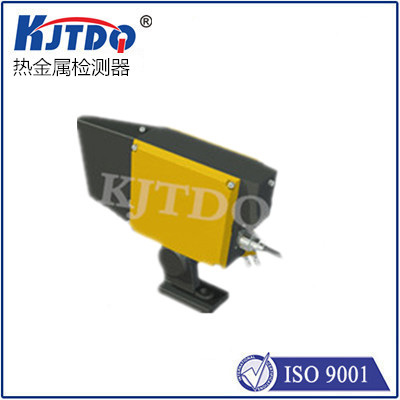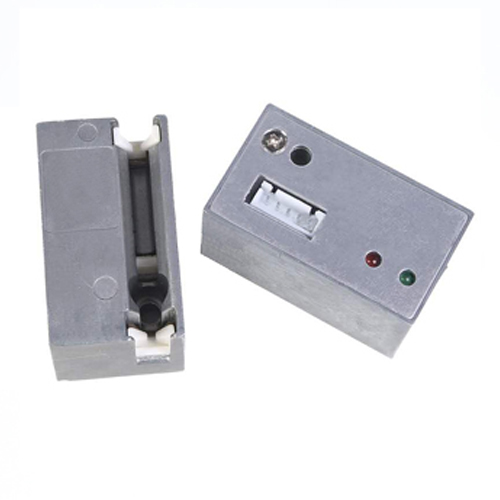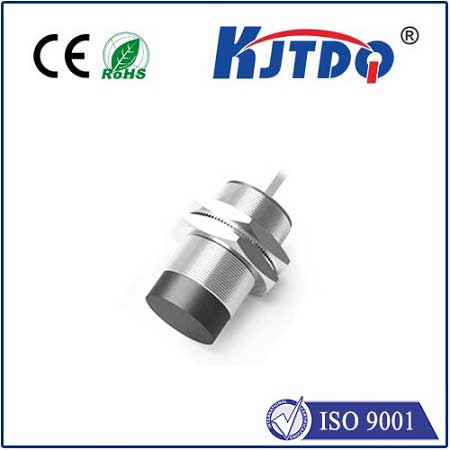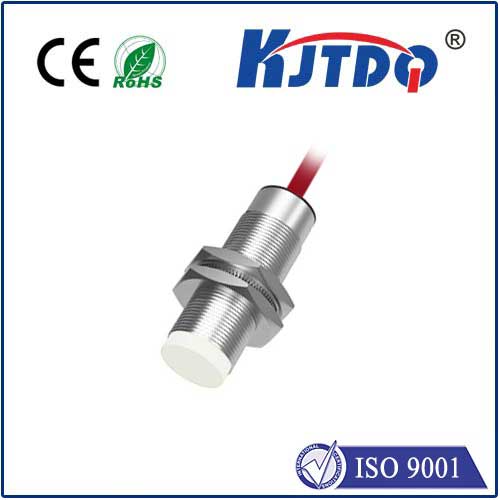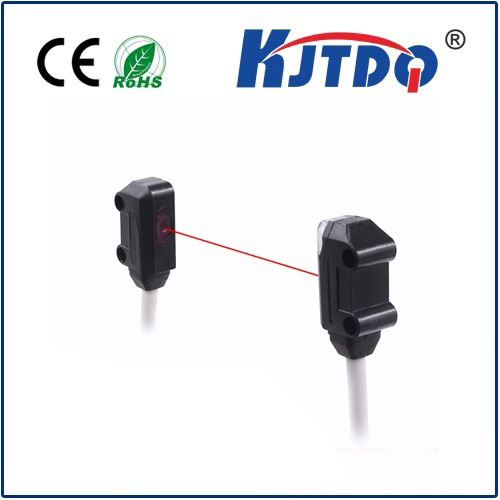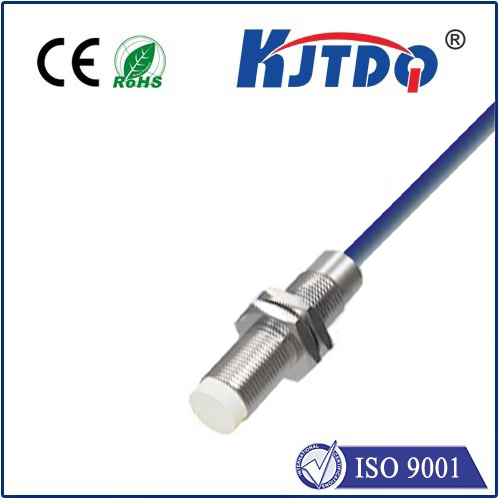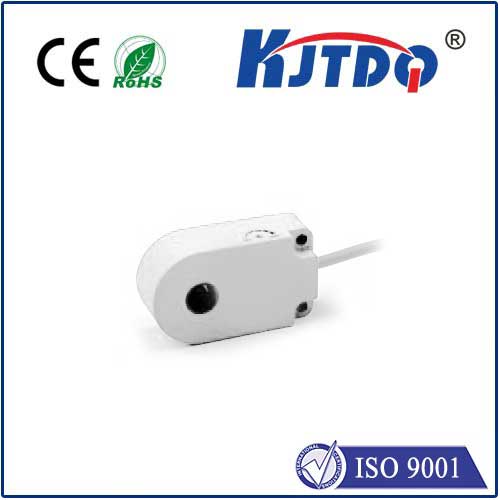

check

check

check

check

check

check

check

check

check

check
Title: Understanding the Different Types of Crane Limit Switches
Crane limit switches are essential components in cranes that help prevent excessive movement or damage to the equipment. They are used to detect when the arm or bucket of the crane has reached a certain point, allowing operators to stop the machine before it travels beyond its safe operating range. In this article, we will discuss the different types of crane limit switches available and their functions.
1. Mechanical Limit Switches
The most basic type of crane limit switch is the mechanical switch, which uses a mechanism such as a lever, screw, or cam to signal when the crane's arm or bucket has reached its limit. This type of switch is typically simple and inexpensive but may not be as reliable as other options.
2. Electromagnetic (EM) Limit Switches
EM limit switches use a magnetic field to trigger an alarm when the crane's arm or bucket reaches its limit. These switches are more precise than mechanical switches and can operate in harsh environments where mechanical switches may fail. However, they can be more expensive and require maintenance to ensure proper operation.
3. Optical Limit Switches
Optical limit switches use light to detect when the crane's arm or bucket has reached its limit. These switches are particularly useful in applications where visibility may be limited, such as in dark environments or during nighttime operations. Like EM switches, optical switches offer high accuracy and reliability but can be more expensive than mechanical switches.
4. Pressure Limit Switches
Pressure limit switches rely on the pressure exerted by the crane's arm or bucket to trigger an alarm. These switches are simple and low-cost, making them suitable for many applications. However, they may not provide as much accuracy as other types of limit switches and may require regular maintenance to ensure proper operation.
In conclusion, selecting the right type of crane limit switch depends on factors such as safety requirements, environmental conditions, and budget constraints. It's important to consult with experts in the field and consider all available options before making a decision. By understanding the different types of crane limit switches and their functions, operators can ensure the safe and efficient operation of their equipment.
